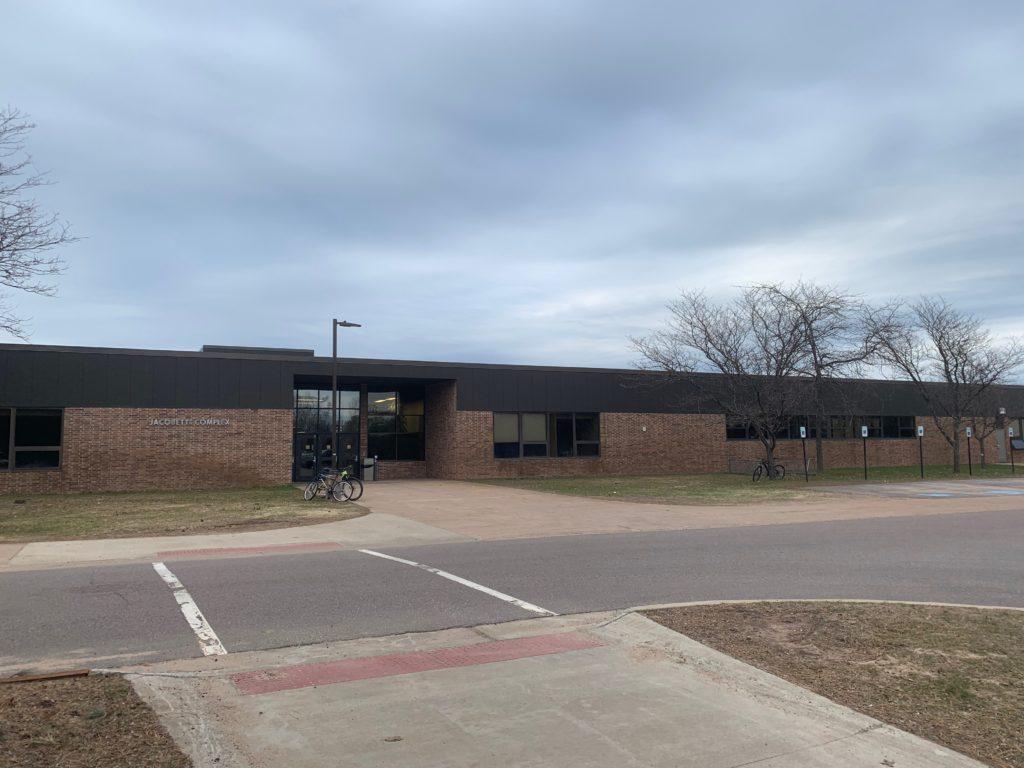NMU is always changing and updating to meet the needs of students and in December a capital outlay proposal was approved for a $28.6 million renovation of the Career and Technology Center, or the Jacobetti Complex.
There are many steps that need to take place before renovations for capital outlay projects can begin, Gavin Leach, vice president of finance and administration said, and since the last update the project has been moving forward.
NMU put out a Request for Proposal (RFP) services to help develop the program plan and 11 different architectural firms put bids on the proposal. The review of these bids will begin in early May, Leach said, and when the chosen firm is on board, discussions about the proposed changes with staff and faculty will begin.
“[The project] is in good shape and we are starting to move forward,” Leach said. “Once the plans are put together, we submit them to the state of Michigan for construction authority.”
Capital outlay projects are issued to universities and community colleges each year based on proposals the institutions submit on their highest priority projects each year, Leach said.
“We want to continue to make NMU a go-to place for people in the region and people out of the region for our programs,” Leach said. “As we continue to transform the university, I think [capital outlay projects] move us forward in the future in creating attractive programs that meet the future needs of the workforce and of our students.”
Past capital outlay projects at NMU include Jamrich Hall, Weston Hall, previously known as New Science and the renovation of Hedgcock and the Art and Design building.
“We’ve had very positive results on past projects, like Jamrich Hall, which was huge for the campus. We’ve had very successful and strategic capital outlay projects and it’s really helped the campus and our programs over the years,” Leach said. “We believe this one will have a similar positive impact on campus.”
The plans for the renovation include modernizing the facility with new, more flexible classroom spaces, new equipment and technology training tools to help meet the needs of the skilled workforce in the region, he said. He added that the facility was built in 1980 and the programs have changed significantly since then.






























